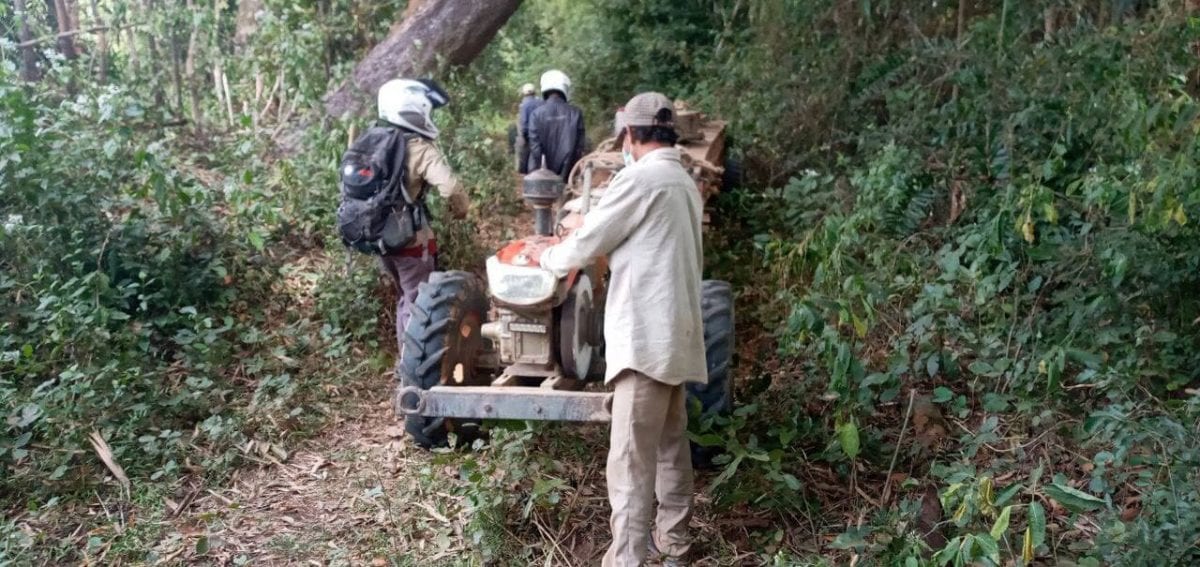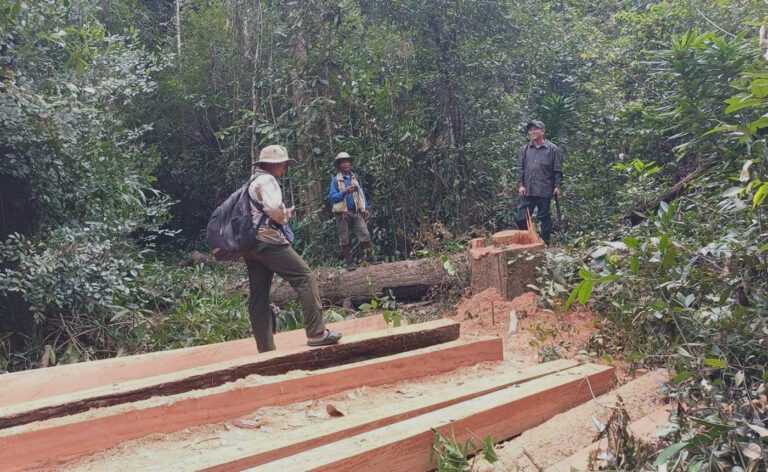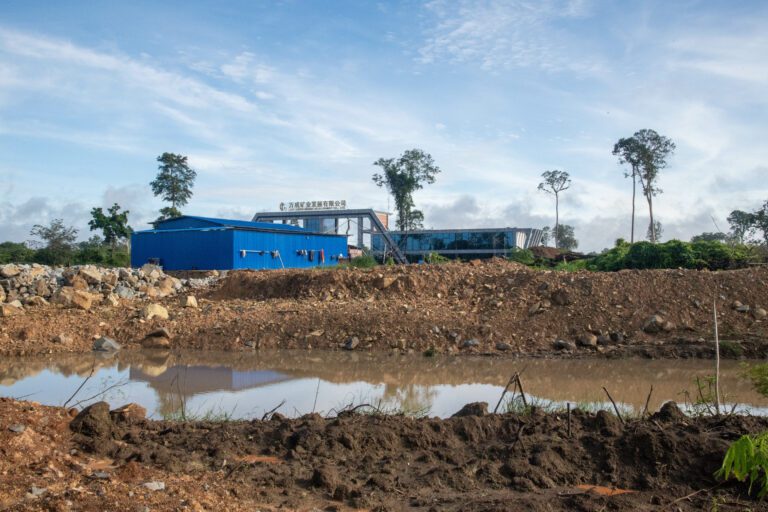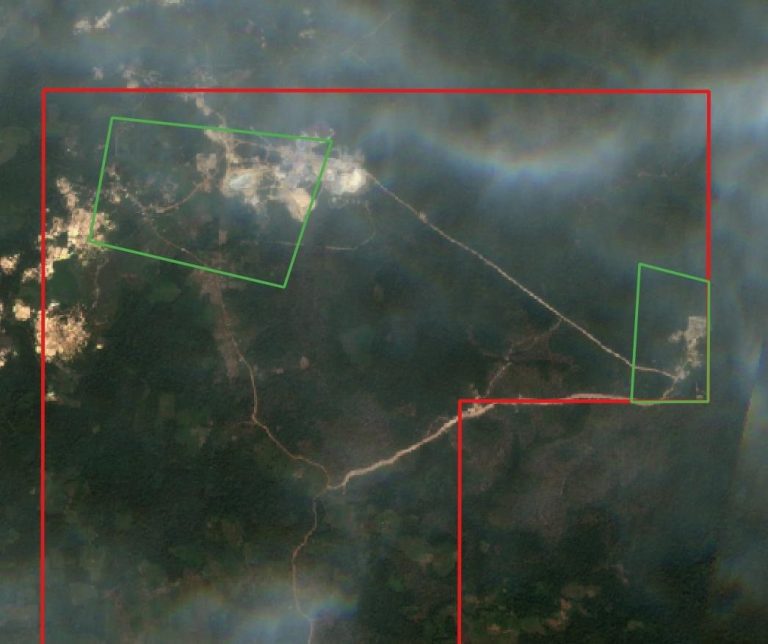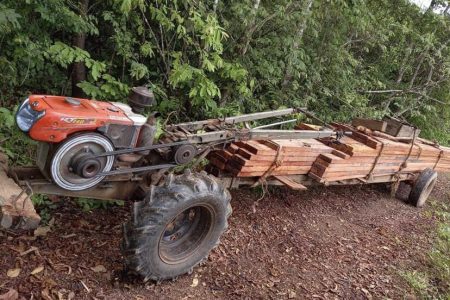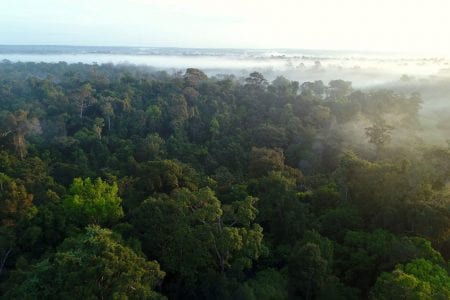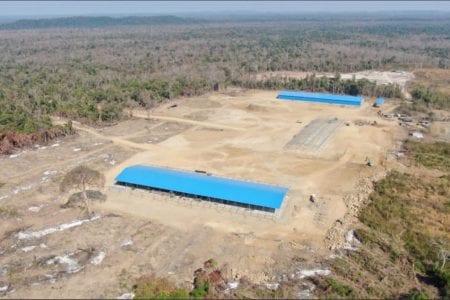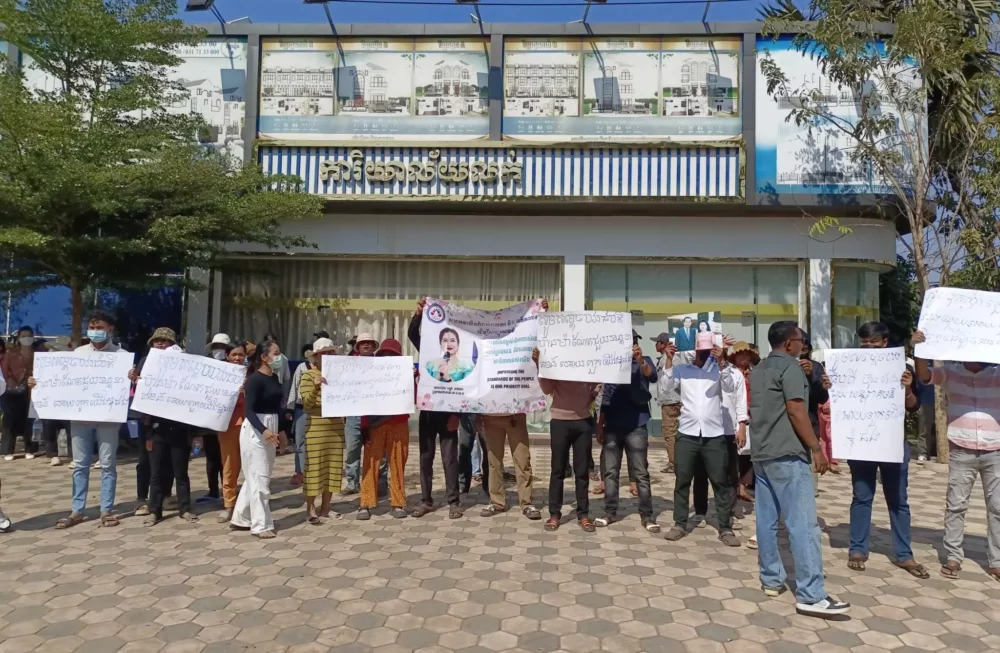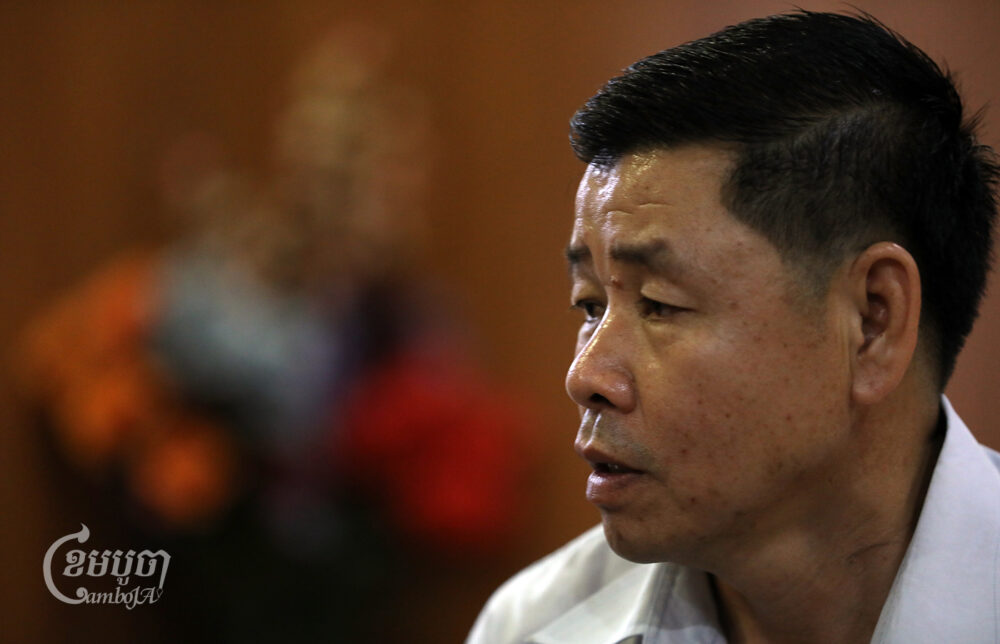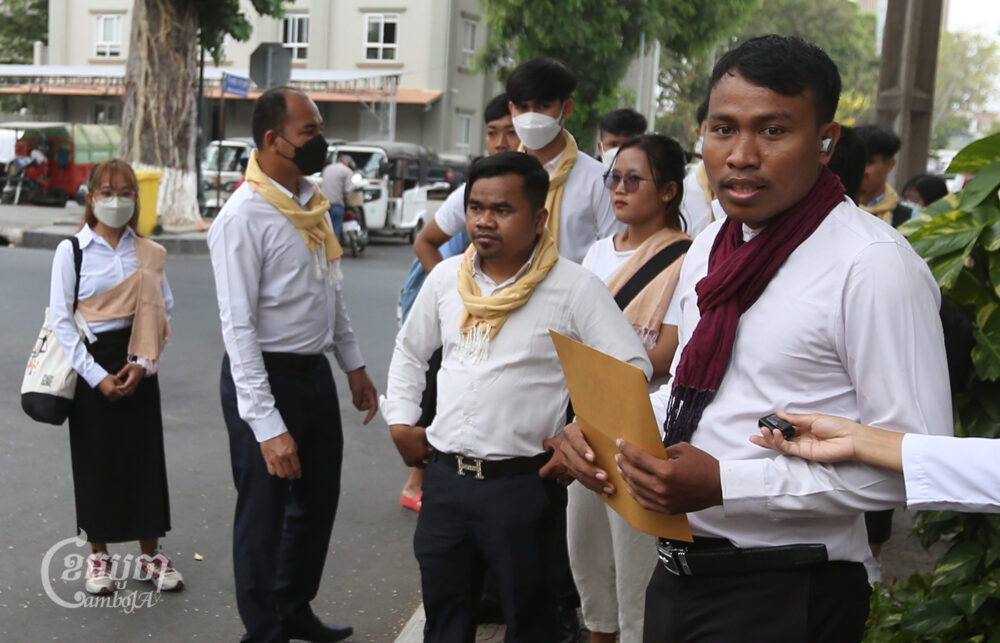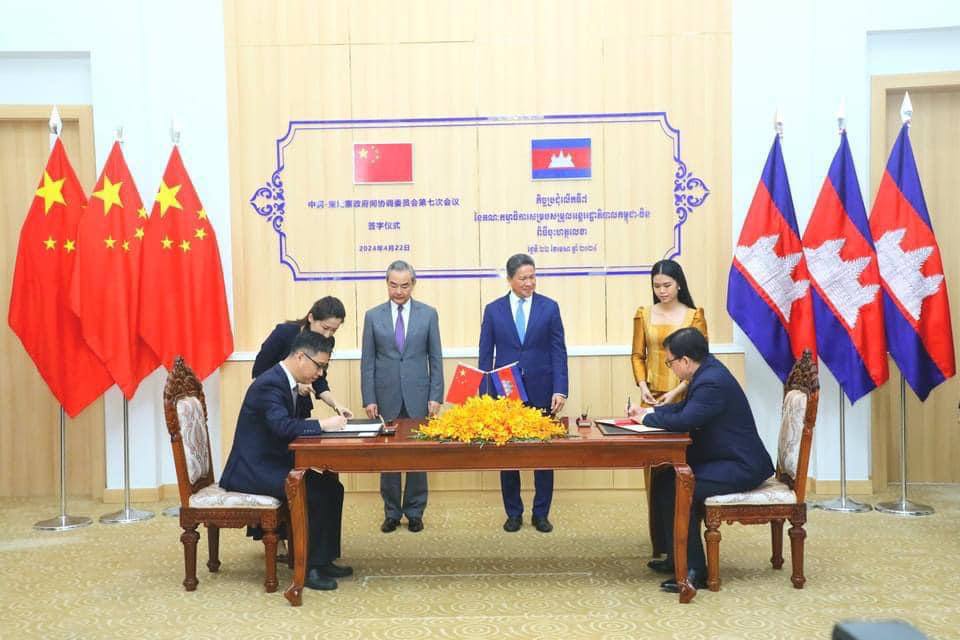A European Commission report showed a resurgence in deforestation at the Prey Lang Wildlife Sanctuary, after reaching peak forest canopy loss in 2016 when the forest was given protected status.
The Joint Research Centre of the EU Commission published a new report illegal logging Prey Lang using high-resolution satellite imagery and data from the Prey Lang Community Network that patrols the fast-disappearing forestland.
The report found that canopy loss started increasing in 2013 and peaked in 2016 when 9,836 hectares of forest were lost. While the loss of forest cover dropped in 2017, it has been showing a steady upward trend, with 4,230 hectares lost in 2019.
Satellite images show that the northern and southern parts of Prey Lang were witnessing the large-scale loss of forest cover, but interior sections of the sanctuary had selective logging, where single trees were felled. PLCN GPS patrolling locations correspond with both large and single removal of trees.
“[W]hile the central parts of Prey Lang Wildlife Sanctuary are mainly affected by the selective removal of single trees, the conversion of larger forest patches of non-forested areas are mainly found in the northern and southern parts of the Sanctuary,” reads the report.
The report found that its data largely corresponded with findings from the University of Maryland’s Global Land Analysis and Discovery (GLAD) dataset, which monitors deforestation globally.
The university found that in 2016 forest cover loss was around 11,000 hectares, higher than the new report’s estimate. It was the same for deforestation in 2019, where GLAD found that 7,510 hectares of forest were lost.
Cambodia has seen some of the fastest deforestation rates globally, on account of the government handing over large tracts of land to private agribusinesses for economic land concessions. More recently, state land was given to private interests for housing, tourism and infrastructure projects.
Hoeun Sopheap, a representative for the Prey Lang Community Network in Kampong Thom province, said the report’s findings matched the observations of the group’s patrolling activities.
He said the Environment Ministry was in denial of the group’s findings that illegal logging was conducted in collusion with local authorities.
“The law is only on paper but there is a lack of law enforcement to prevent deforestation,” Sopheap said.
“We are concerned about forest cover loss in the next few years,” he said.
Local authorities have routinely dismissed concerns raised by PLCN and other environmental NGOs. Last year, armed authorities blocked a planned tree-blessing ceremony in the sanctuary, which was attended by monks, youth, and civil society groups.
The Ministry of Environment justified the blockade by calling PLCN an unregistered entity, according to information from local rights group Licadho. The ministry has also rejected analysis based on satellite imagery as an attempt by certain groups to incite the public.
Chheang Ly, a PLNC member in Stung Treng province, said the demand for timber meant that the forest was continually being logged by companies, who claimed the wood came from within their concessions.
“The deforestation is continuing to happen because companies are still buying timber,” she said.
Environment Ministry Spokesperson Neth Pheaktra declined to comment on the report and only answered questions about the ministry’s efforts to preserve the Prey Lang forest.
“The Environment Ministry does not comment on a report from a third party,” he said.
He said the government and Environment Ministry’s rangers, and communities, were working to protect and conserve natural resources and biodiversity in the Prey Lang Wildlife Sanctuary.
In 2020, rangers and communities had uncovered 1,019 cases of logging and 47 cases were sent to the court. Authorities and rangers had seized 481 chainsaws and confiscated 275 cubic meters of timber.
Located in the north of Cambodia and spanning four provinces, the Prey Lang Wildlife Sanctuary covers about 431,000 hectares, according to the report, and is home to more than 250,000 people, most of whom belong to the Kuy indigenous group.


